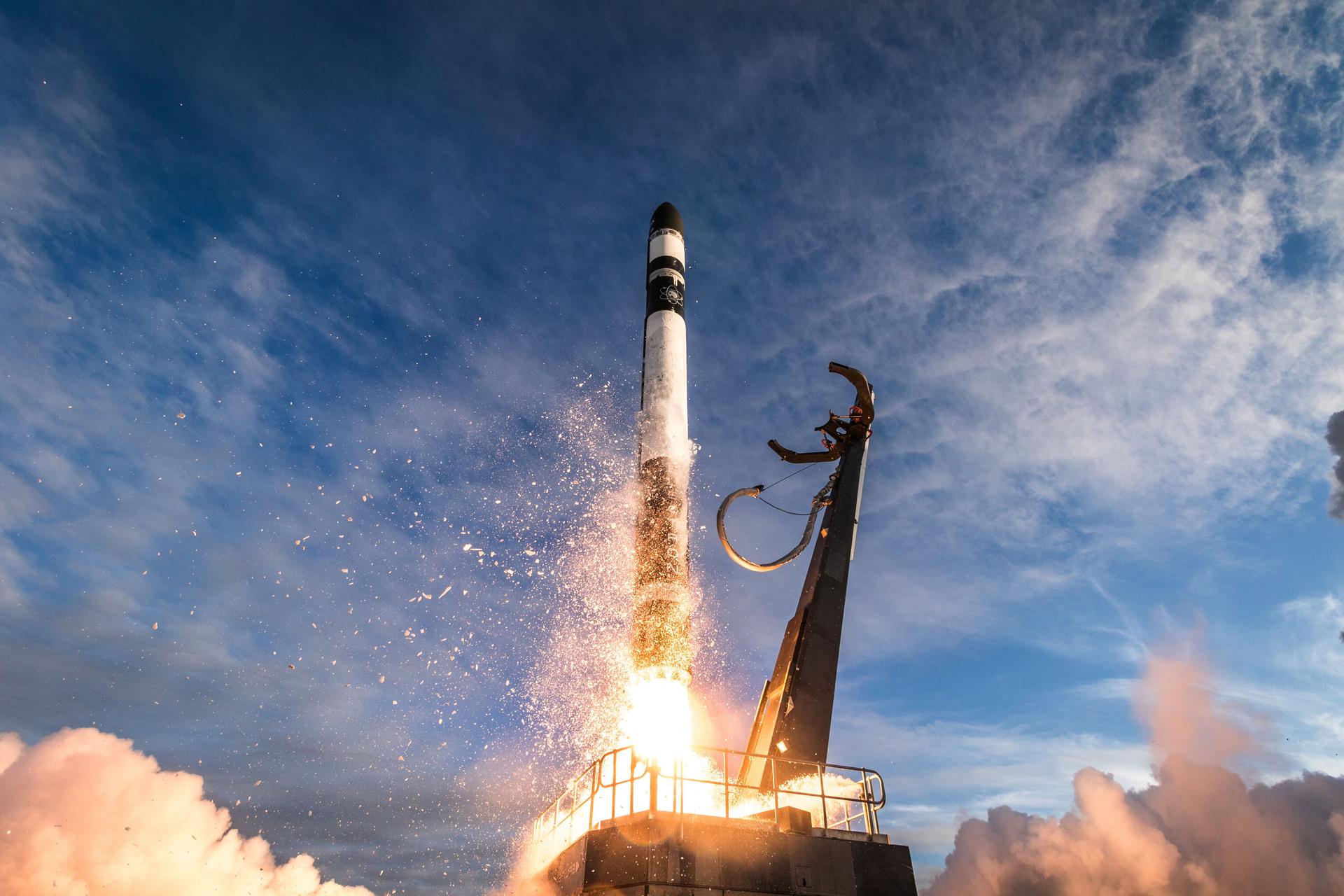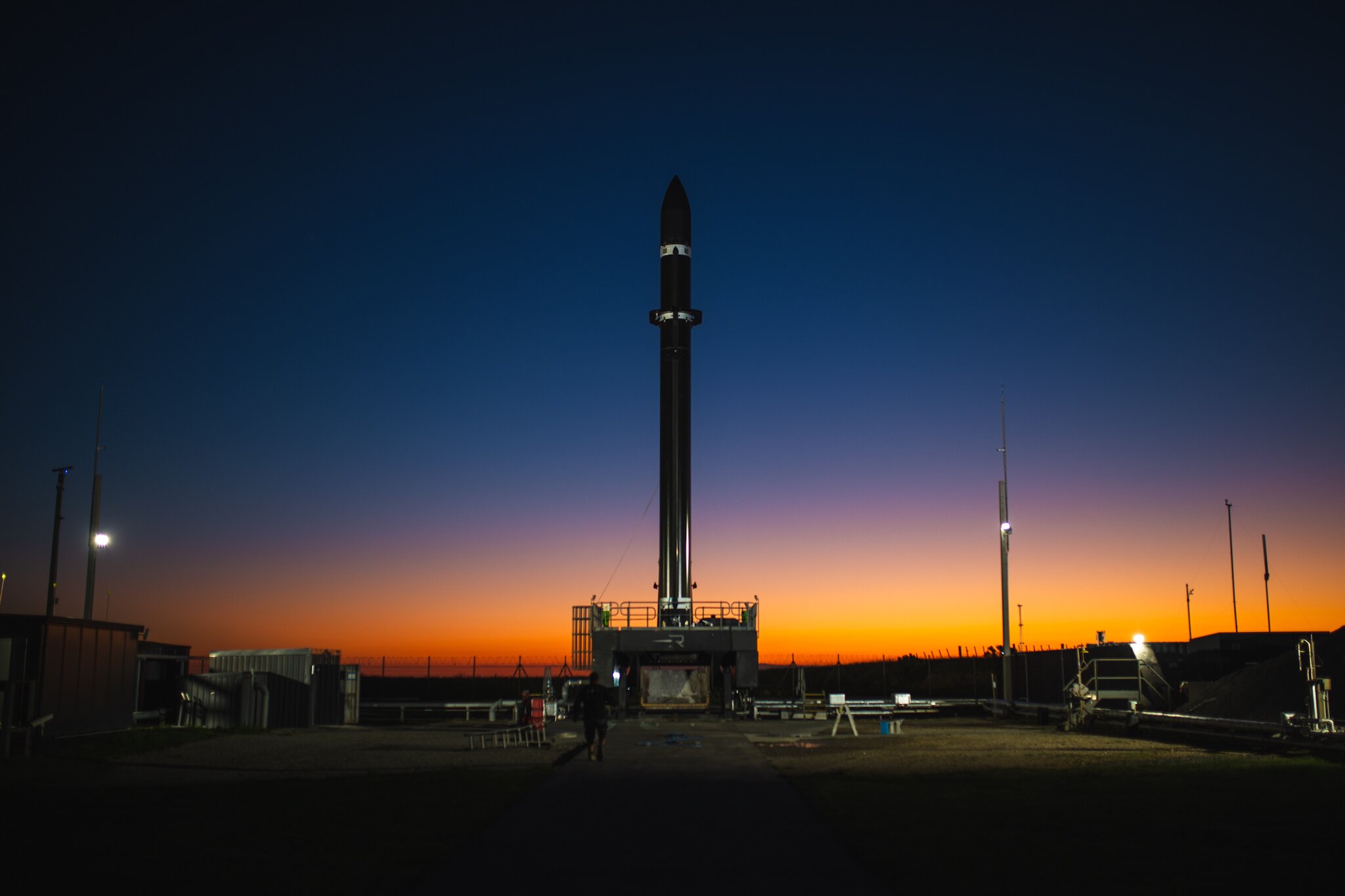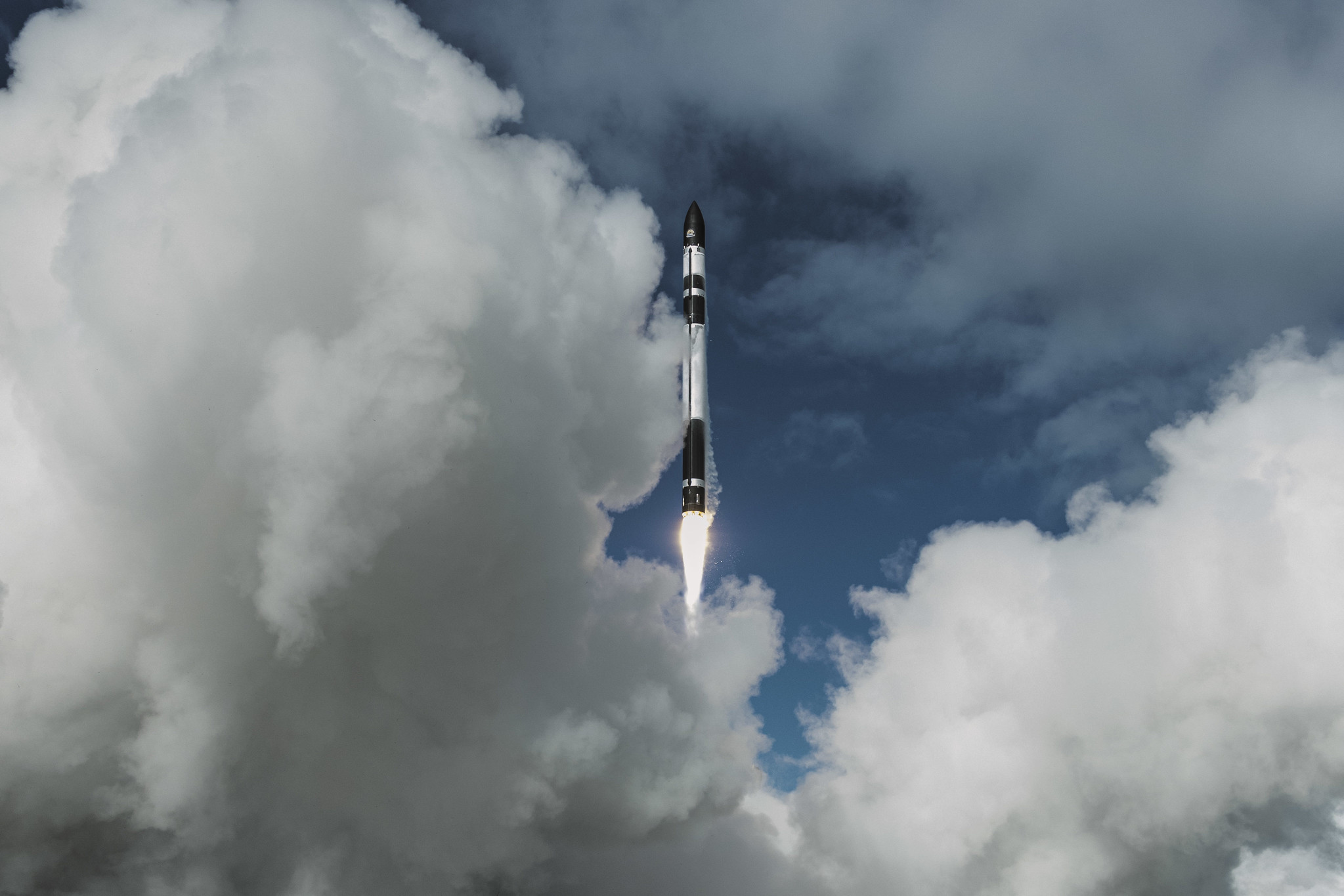Previous Spaceflight Launches
Filter by Agency, Locations or Vehicles
Show All LaunchesElectron | The Wisdom God Guides (iQPS Launch 6)
Rocket Lab | United States of AmericaRocket Lab Launch Complex 1, Mahia Peninsula, New Zealand
Dec. 21, 2025, 6:36 a.m.
Electron | Don't Be Such A Square (STP-S30)
Rocket Lab | United States of AmericaWallops Flight Facility, Virginia, USA
Dec. 18, 2025, 5:03 a.m.
Status: Launch Successful
Mission:
STP-S30 is a complex mission that will deliver research experiments and technology demonstrations to orbit for the DoD and contribute to future space systems development. The projected primary payload, DISKSat, will demonstrate sustained very low earth orbit (VLEO) flight and test a unique, 1-meter diameter, disk-shaped satellite bus that is designed to increase on-orbit persistence.
Low Earth OrbitElectron | Raise and Shine (RAISE-4)
Rocket Lab | United States of AmericaRocket Lab Launch Complex 1, Mahia Peninsula, New Zealand
Dec. 14, 2025, 3:09 a.m.
Status: Launch Successful
Mission:
RAISE-4 (RApid Innovative payload demonstration Satellite-4) is a Japan Aerospace Exploration Agency (JAXA) satellite for on-orbit demonstrations of 15 demonstration components and equipment selected by public solicitation. The satellite will be operated in response to requests from the demonstration theme proposers, and will provide experimental data of the demonstration devices and environmental data during the experiments. 6 of the demonstration payload, as well as as well as 4 cubesats originally planned to ride on the same launch vehicle, are re-flight of those planned for RAISE-3, which failed to reach orbit in October 2022. The launch vehicle was switched from Epsilon-S to Rocket Lab's Electron due to continuous testing problems with the Epsilon-S' 2nd stage motor. The original 8 hitch-hiking cubesats will be launched on another Electron rocket later.
Sun-Synchronous OrbitElectron | Follow My Speed (BlackSky Gen-3 3)
Rocket Lab | United States of AmericaRocket Lab Launch Complex 1, Mahia Peninsula, New Zealand
Nov. 20, 2025, 12:43 p.m.
HASTE | Prometheus Run (VAN)
Rocket Lab | United States of AmericaWallops Flight Facility, Virginia, USA
Nov. 18, 2025, 1 p.m.
Status: Launch Successful
Mission:
Sub-orbital launch under Rocket Lab’s Hypersonic Accelerator Suborbital Test Electron (HASTE) program. This mission was lead by MDA and deployed a government-provided primary payload developed by the John Hopkins University Applied Physics Laboratory (JHUAPL), and multiple secondary payloads by federal and industry partners, which tested key technologies for missile defense applications. The mission was contracted to Rocket Lab through the DIU’s Hypersonic and High-Cadence Airborne Testing Capabilities (HyCAT) program, an initiative supporting test and evaluation of new and emerging hypersonic technologies through low cost, responsive and long endurance flight testing.
SuborbitalElectron | The Nation God Navigates (iQPS Launch 5)
Rocket Lab | United States of AmericaRocket Lab Launch Complex 1, Mahia Peninsula, New Zealand
Nov. 5, 2025, 7:51 p.m.
Electron | Owl New World (StriX Launch 7)
Rocket Lab | United States of AmericaRocket Lab Launch Complex 1, Mahia Peninsula, New Zealand
Oct. 14, 2025, 4:33 p.m.
HASTE | JUSTIN
Rocket Lab | United States of AmericaWallops Flight Facility, Virginia, USA
Oct. 1, 2025, 12:28 a.m.
HASTE | JENNA
Rocket Lab | United States of AmericaWallops Flight Facility, Virginia, USA
Sept. 23, 2025, midnight
Electron | Live, Laugh, Launch (Calistus A-E)
Rocket Lab | United States of AmericaRocket Lab Launch Complex 1, Mahia Peninsula, New Zealand
Aug. 23, 2025, 10:42 p.m.
Status: Launch Successful
Mission:
'Live, Laugh, Launch' is the second of two dedicated missions on Electron for a confidential customer in 2025. This mission deployed 5 satellites to a 655 km circular Earth orbit identified as “Calistus A to E”, identified as most likely for Low Earth Orbit communication satellite constellation operator E-Space.
Sun-Synchronous Orbit





